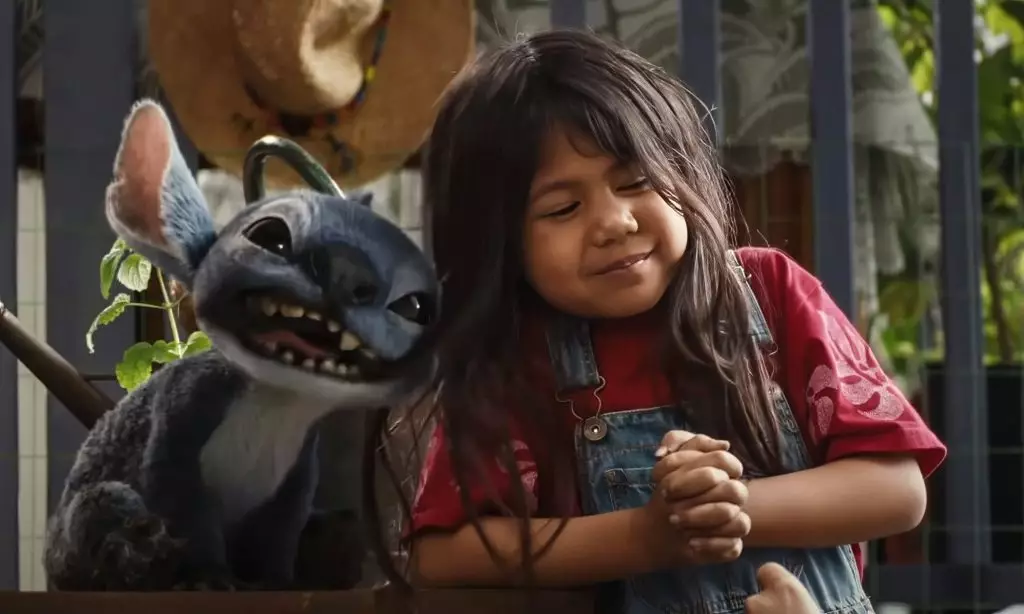Disney’s “Lilo & Stitch” has recently crossed the $1 billion milestone, a figure often heralded as a sign of unprecedented success. On paper, this achievement seems like a triumph for Disney, but beneath the surface, it raises questions about the true health and sustainability of Hollywood’s current blockbuster model. The film’s record-breaking domestic opening—an eye-watering $183 million over four days—appears impressive, yet it masks a deeper reliance on inflated marketing budgets, global markets with pre-existing affinity, and the illusion of blockbuster dominance. At a time when many studios struggle with declining physical attendance and waning viewer engagement, singling out a single film as a shining beacon is misleading. Success in box office grosses does not equate to genuine cultural relevance or artistic excellence, and it detracts from the industry’s evolving need for quality storytelling.
The Global Reach: Success or Market Manipulation?
Lilo & Stitch’s international performance exemplifies how global markets are now heavily choreographed to support Hollywood’s narratives. With $584.8 million offshore, particularly dominant in Latin America and Europe, the film’s international haul owes much to regional nostalgia, strong marketing infrastructure, and brand recognition. However, relying heavily on international markets—where American cultural dominance lobbies heavily influence audience preferences—raises concerns about the authenticity of these “global successes.” Countries like Mexico, Brazil, and France contribute sizable figures, but this isn’t necessarily a reflection of universal appeal, rather strategic positioning by studios capitalizing on existing fandom and political-economic ties. This pattern fosters a skewed picture that fails to account for the nuanced differences between genuine cultural resonance and market manipulation orchestrated for profit.
The Downsides of a Star-Studded Front
While Disney executive Alan Bergman celebrates the film’s success, behind his optimistic tone lurks an industry increasingly dependent on brand power and franchise fatigue. The fact that “Lilo & Stitch” is now in development for a sequel underscores Hollywood’s obsession with franchises, a trend that threatens originality and artistic diversity. This perpetual churn to capitalize on existing IP comes at the expense of bold storytelling and risks commodifying beloved characters into product lines rather than cultural artifacts. To frame this as a triumph for the creative process ignores the systemic pressures that favor safe, proven hits over innovative cinema. When studios prioritize box office figures over quality, the audience’s cultural literacy and artistic appreciation suffer in the process.
The Middle Ground in a Shallow Industry
In essence, the Hollywood industry’s recent embrace of billion-dollar markers is both an achievement and a warning. It suggests a strategic shift heavily reliant on international markets and franchise recycling rather than genuine creative breakthroughs. Disney’s success with “Lilo & Stitch” underscores how studios could be losing sight of authentic storytelling and more meaningful audience engagement in pursuit of quick financial wins. As a center-right supporter with an appreciation for responsible capitalism, I believe this trend exposes the failure of Hollywood to balance profitability with cultural integrity. The reliance on spectacle over substance ultimately diminishes the industry’s long-term credibility, risking a culture increasingly driven by advertising hype and brand loyalty rather than artistic substance and enduring narratives.

